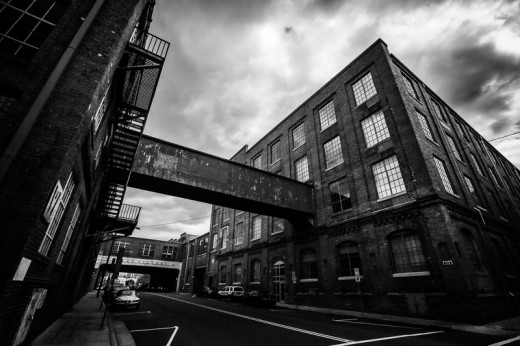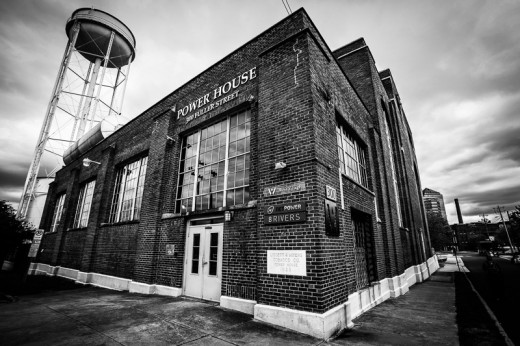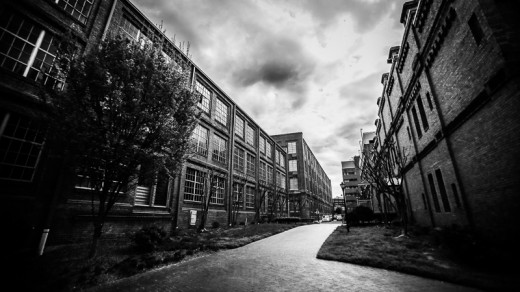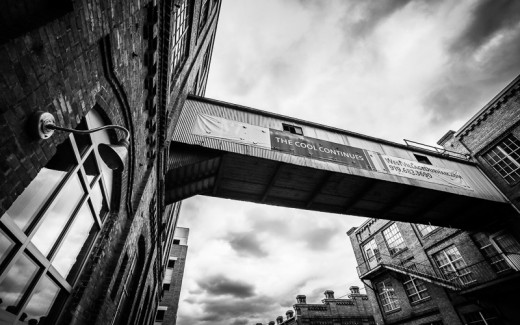The Legacy of the Bright Leaf
Not too long ago, I was contacted by Southern Living magazine regarding stock photos I might have that would communicate Durham’s “essence.” I sent them photos of the Durham skyline, of Brightleaf Square, and of American Tobacco, since those are some of the most distinctly “Durham” features of our city.
They ended up focusing on my skyline photos, and then chose someone elses’s photos of Brightleaf (it’s not sour grapes, just making that clear), but the question lingered in my mind–when I think of Durham, what images, spaces, buildings come immediately to mind? Like the St. Louis Arch or the Chrysler building in New York, the Golden Gate bridge in San Francisco and the Sydney Opera House, what landmarks make Durham instantly recognizable?
For me, it will always be the long rows of crenelated brick walls, the big, uniform windows. The legacy of tobacco in Durham is utilitarian, red brick factories, warehouses, office buildings that are now being repurposed in beautiful and creative ways. Big open interior spaces, thick wood floors, rough trunks of darkened wood holding up ceilings–these are the things that will always stay with me as “Durham.”
More than Duke (and Duke Chapel), more than the CCB Building or the Bull at Five Points, more than the flashing red and white bulls of the Bullington building. Perhaps, more even than the Durham Bulls themselves, these red brick relics of a former prosperity, with their corrugated skybridges, their water towers, smokestacks, and railroad tracks, are what Durham is all about.
When I was a kid, it would include the smell of curing bright leaf tobacco, but those days are long gone.





